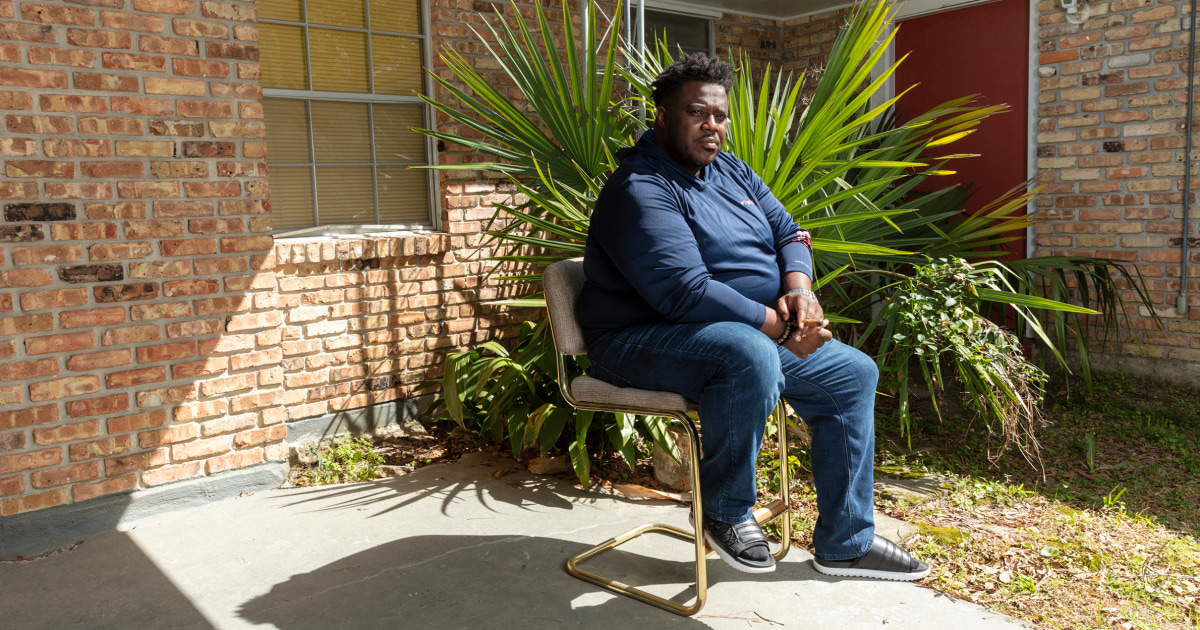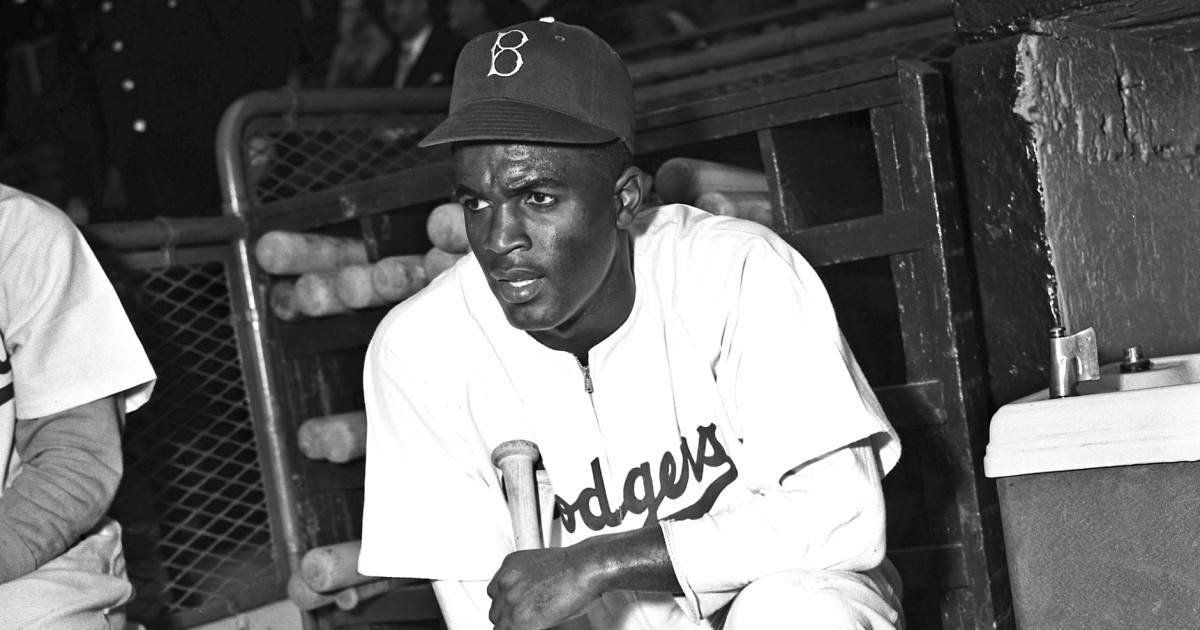Artist Jean-Michel Basquiat’s family preserves his legacy through new exhibition
World-renowned artist Jean-Michel Basquiat’s contributions to art extend beyond his brush.
As a Brooklyn, New Yorker, of Hatian and Puerto Rican descent, his experience has fueled the creativity behind his work, involving a social and cultural narrative that remains relevant. until today.
More than 30 years after his death, at the age of 27, Basquiat’s influence on art lives on in those inspired and intrigued by his work – including his family. His sisters Jeanine Heriveaux and Lisane Basquiat, along with their stepmother, Nora Fitzpatrick, originally thought to curate an exhibition of Basquiat’s work in 2017, but they put the idea on the shelves for until 2020, when the world is reeling from social injustice protests and the Covid-19 Pandemic.
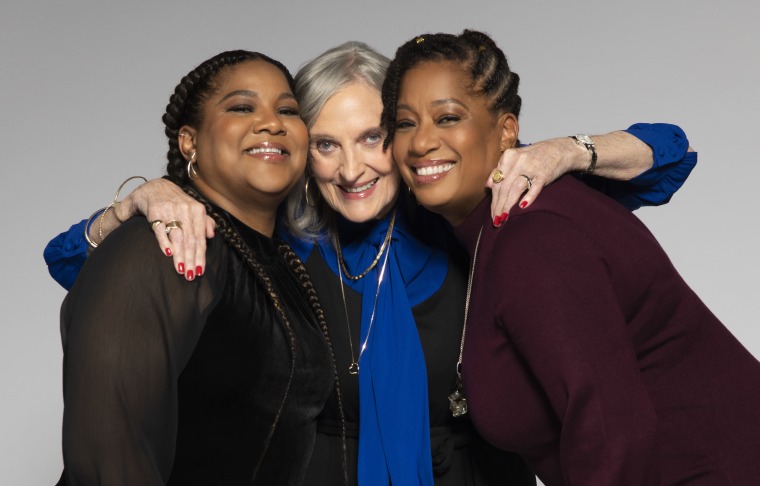
The family’s vision has since become a reality through “Jean-Michel Basquiat: King Pleasure,” a exhibition including 200 recovered paintings, drawings, and various collections of the late artist that were previously hidden from the public. Opening on Saturday, exhibition spans more than 15,000 square feet in Manhattan’s Starrett-Lehigh building and includes recreations of Basquiat’s New York City studio, nightclub, and rooms in his childhood home to provide a glimpse about his life through the eyes of his friends and family. Upon entering, patrons heard Basquiat’s voice recounting the Book of Genesis, a biblical chapter detailing human creation.
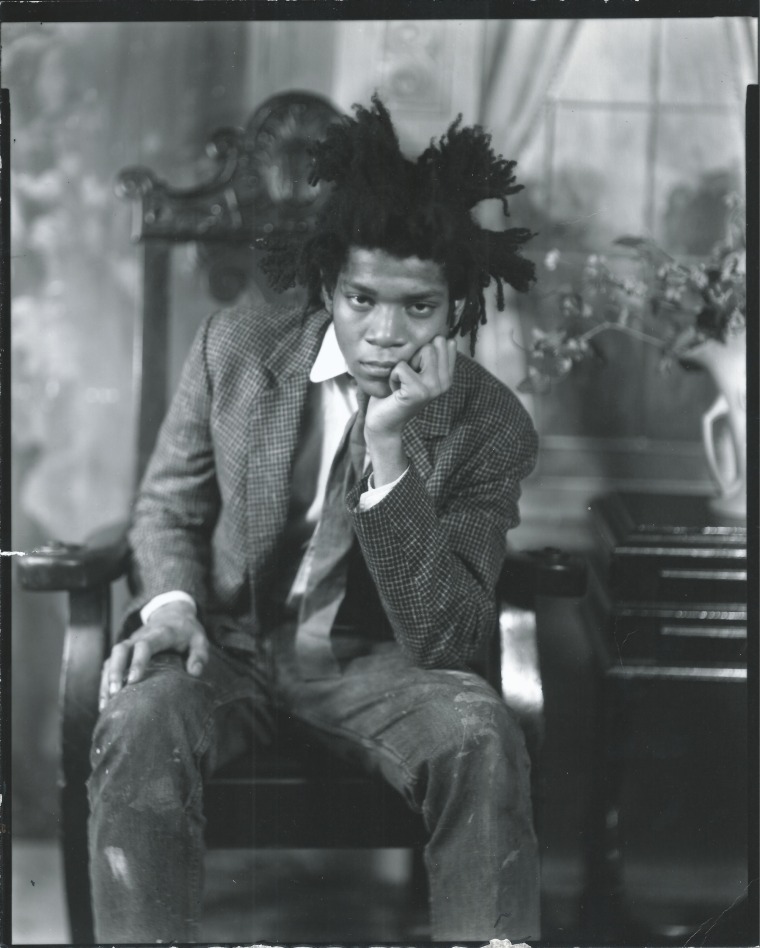
“The real theme is Jean-Michel as a human being,” says Heriveaux. “Before he was an artist, he was a boy. He is a brother. He’s a grandson – and we’re trying to show that human side of Jean-Michel and where he comes from, his childhood and our personal relationships with him . ”
Born and raised in Brooklyn, Basquiat grew up surrounded by a family that fully embraced their culture and identity. Many of his works from the early 1980s – including “Gold Griot”, “Big Joy” and “Hollywood Africans” – talk about the black experience and their role in society. Throughout his career, many of his works incorporated graffiti, such as “Self-Portrait”, which helped graffiti gain recognition in the art elite.
Basquiat’s work was first shown to the public in a group exhibition in 1980 called the “Times Square Exposition”. In 1981, he created “Red Kings”, one of his many influential works. It has a crown that has become a signature of his paintings.
Basquiat has collaborated with many artists, including his longtime friend Andy Warhol, with whom Basquiat painted in 1982’s “Dos Cabezas.” Basquiat also shares an interest in artist Shenge Ka Pharaoh regarding relating to African ideology and the problems facing the Black community.
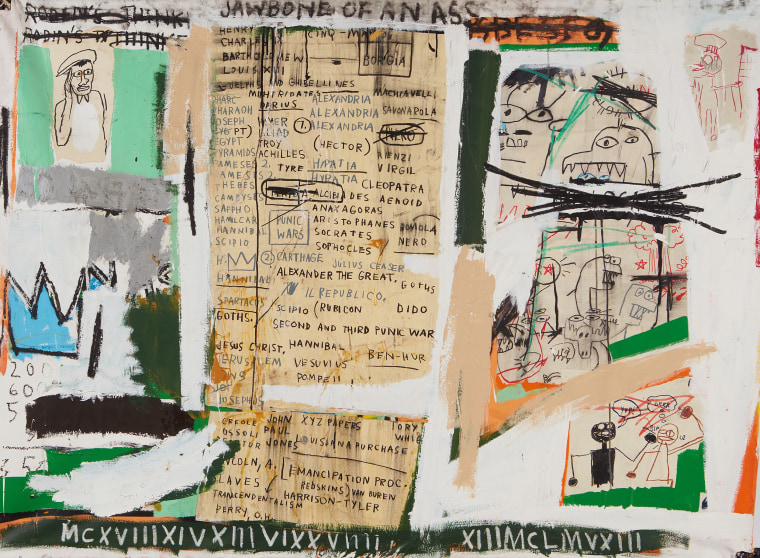
A Hatian and Puerto Rican, Basquiat often details his experiences as a Black man, including the challenges of racism and the fear of being caught by the police. Despite the success, Heriveaux said her brother often had difficulty catching a taxi because of the color of his skin. She also said her brother was deeply influenced by 1983 death by Michael Stewart, a Black man who died after police arrested him, accusing him of writing graffiti on a subway station wall in New York City.
“It made him very emotional,” said Heriveaux. “He said he thought it could be him. Whatever thoughts pop into his head… he sketches them out. He drew about them.”
Decades after his works were first shown in galleries, his art continues to speak to others facing the same obstacles he faced.

“I see a generation of people who are facing challenges with the way this world culture handles racism, classism — you know, social issues,” said Lisane Basquiat. , “and I think those problems are worrying young people, and Jean-Michel speaks to those people. “
Despite the hardships he experienced, Basquiat used his work to revive the Negroes. The exhibition’s reference to the “king” comes from one of his paintings with the infamous crown, a symbol that has influenced many other Black artists, including Jay-Z and Notorious BIG Besides hip-hop, Lisane Basquiat says her brother’s impact has permeated through fashion, sports and music of all genres.
She said: “Jean-Michel was one of the very few people to claim the crown early on – asserting that he is royal.
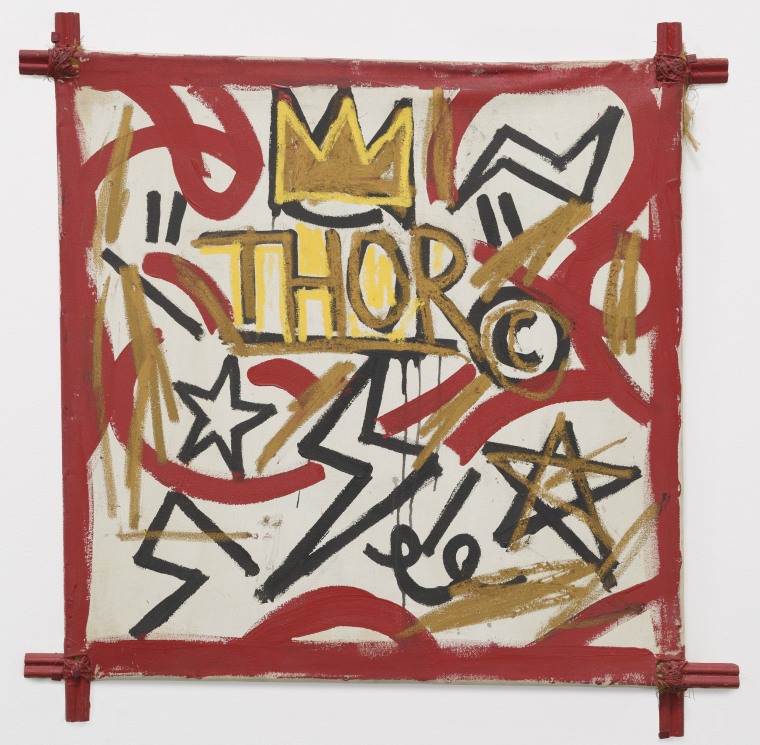
Lisane Basquiat said that even for those unfamiliar with the artist, viewers will learn her brother’s resilience and determination, and gain a deeper understanding of a person who “had a dream and gone. follow it”. She also hopes the exhibit evokes inspiration and respect for family heritage and ancestral roots, she added.
“Jean-Michel was an artist who gave you what he had, unfiltered and unedited,” says Lisane Basquiat, “and a lot of us filter and edit — and that stops us. back to the ways that we can be completely real, that we express ourselves. And so what I want people to understand is that it’s possible… to see what happens when you get out of your own way. ”
at Blogtuan.info – Source: nbcnews.com – Read the original article here

